040919_YKBP_A7.pdf







Broadcaster Press 7
April 9, 2019 www.broadcasteronline.com
Spring
Home Improvement
and
Car Care
Child Passenger Protocols To Follow
Parents and caregivers take
various measures to safeguard
their children around their
homes. The same attention to
safety also extends to when
families leave the house. Rules
in place concerning vehicular
safety are designed to keep kids
safe on the road.
Car seats, boosters and seat
belts provide protection for
infants and children when used
correctly. The National Highway
Traffic Safety Administration
states that car crashes are a
leading cause of death for children ages 1 to 13. The NHTSA’s
General Estimates System states
that, in 2018, 394 children age 5
or younger died in car crashes.
However, in that same year, 328
were saved by using car seats.
The right car seat can save
lives, but parents, especially
those expecting their first child,
can easily become overwhelmed
by the various types of seats on
the market. Understanding the
different seats, and when and
how to use them, can help parents navigate their options.
Choosing a car seat
There are various types of car
seats, and each may be appropriate depending on a child’s age
and size.
• Rear-facing: This is the best
seat for young children, as it cradles the child to reduce stress to
the neck and spinal cord.
• Forward-facing: This has a
harness and tether that limits
child’s forward movement during a crash. It is typically used
for children age 2 and older.
• Booster: This is a seat that
elevates and positions the child
so that the vehicle’s seat belt fits
properly over the child’s body.
Seat belts are used when
children outgrow boosters. They
should lie across the upper
thighs and be snug across the
shoulder and chest.
Each type of safety seat has
subsets that further customize
the fit and positioning for the
child.
When to use a car seat
First and foremost, visit
a governing agency website
to determine the laws where
you live in regard to car seats.
Transport Canada indicates each
Did You
Know?
It’s easy to underestimate the level of knowhow required to be an automotive mechanic, and
just how essential the job is. There are an estimated 30,000 parts on the average car, and data
from the International Organization of Motor Vehicle Manufacturers indicates around 74,705,000
cars were produced in 2018. Auto mechanics are
in high demand. Although many high schools
offer adequate training to prepare individuals for
a job in automotive mechanics, most mechanics
are now expected to have completed an associate degree or certificate program in automotive
training to keep up with ever-evolving vehicle
technology. Students can enroll in a vocational
education program, receive a certificate and then
go on to employee training. Upon completion of
that training, students can become master mechanics. Training and schooling typically takes
two years. Salary.com reports that the average
automotive mechanic salary in the United States
was $38,551 as of December 2018.
province and
territory may
have its own
age, height and
weight restrictions. Consult
the website for
your province
or territory for
more information.
The automotive agency
AAA provides
a state-by-state
and territory/
province rundown of rules
governing car
seat use at
https://drivinglaws.aaa.com/
tag/child-passenger-safety/. This
can help residents learn which
type of car seat is needed and
how long to use it. For example,
residents of New Jersey must
keep children under age two
who weigh less than 30 pounds
in a rear-facing seat. Children under four who weigh less than 40
pounds must be in either a rearor forward-facing child passen-
ger restraint system. Children
younger than eight and under
57 inches must be in a forwardfacing child passenger restraint
system or rear-seat booster seat.
Booster seats are required until
the child is age eight or weighs
more than 80 pounds.
Installing the seat
Read the car seat instructions
and refer to the vehicle’s owner’s
624-2731
200 E. Main, Vermillion
Quality products, affordable prices!
Call today, start tomorrow!
15%
Discount on
All Services
MetroCreativeConnection
Signs Your Soil Might Be Compacted
Compacted soil can result from
any number of activities, including
walking on a lawn. When soil on
a lawn is compacted, grass roots
might not receive the water, oxygen
and nutrients they need to grow in
strong. The can lead to weak lawns
that are vulnerable to various issues. However, homeowners need
not avoid their lawns to prevent
soil compaction. Rather, learning
to recognize signs of soil compaction and paying special attention to
heavily trafficked areas of the yard
can help homeowners identify the
problem early and address it before
grass begins to suffer. Note that the
following are some sign potential
indicators of compacted soil.
• Hard soil: Soil that is difficult,
if not impossible, to penetrate with
a shovel is likely compacted. Even
healthy soil is sometimes resistant
to penetration, but if homeowners
put some muscle into their efforts
to penetrate the soil and still can't
do so, then the soil is compacted.
• Standing water: Water standing on top of soil for a long time is
doing so because the soil is likely
so compacted that the water, which
roots need to thrive, cannot get
through.
• Excessive water runoff: Runoff
occurs when watering lawns. But if
nearly all of the water intended for
the lawn and the soil beneath it is
seemingly being diverted away from
the grass, then that means the water cannot get through to the soil or
that so little is getting through that
the lawn's health is in jeopardy.
• Loss of vegetation or poor
plant growth: Compacted soil prevents water, nutrients and oxygen
from accessing the root zone. As
a result, plants, including trees,
are vulnerable to disease and even
death.
• Surface crust: Surface crust,
which blocks oxygen and water
from penetrating the soil and tends
to inflict areas like footpaths and
playgrounds due to heavy foot traffic, contributes to runoff and soil
erosion.
Compacted soil is relatively
simple to fix. But when untreated,
compacted soil can threaten lawns,
plants and other vegetation.
MetroCreativeConnection
CALL
MetroCreativeConnection
BOB’S
SINCLAIR
SERVICE
manual for proper installation.
Seats for young children utilize
low anchors that max out at
certain weights for installation.
Most forward-facing and booster
seats rely on tethers to install.
Child car seats save lives and
help keep little ones protected
on the road.
TODAY!
ALL TYPES OF DIRT WORK - FREE ESTIMATES
Bobcats • Crane • Dozers • Excavators • Grader
Grain Trailer • Scrapers • Side Dumps • Trenchers
Irrigation Sales & Service
Vermillion, SD (605)670-9567
Hartington, NE (402)254-2568
Licensed in SD, NE & IA
Irrigation PVC, Wire Installed, Well Drilling Domestic & Irrigation Pump Installation
WATERLINE & ELECTRIC TRENCHING
Tree & Concrete Removal, Site Clearing,
& Ditch Trenching
GREAT RATES ON
There’s Beautiful Hardwood
Underneath That Green Shag
LOANS
The ?ooring of your dreams could be
hiding beneath yesteryear's carpet.
Talk to Adam Chandler about how
• Roofing • Siding
• Gutters • Decks
• Windows
PHONE
EMAIL
First Dakota's home loan team can
ADDRESS
help you ful?ll your home's potential.
Call Steve or Lexee
Your Certified Exterior Experts
605-595-7809
Vermillion, SD • ironcladconstructionsd.com
ADAM CHANDLER
FIRSTDAKOTAMORTGAGE.COM
NMLS BANK ID 410144
605-624-5845
ACHANDLER@FIRSTDAKOTA.COM
1110 E CHERRY ST
VERMILLION SD 57069
NMLS ID 1768381
605.333.8200

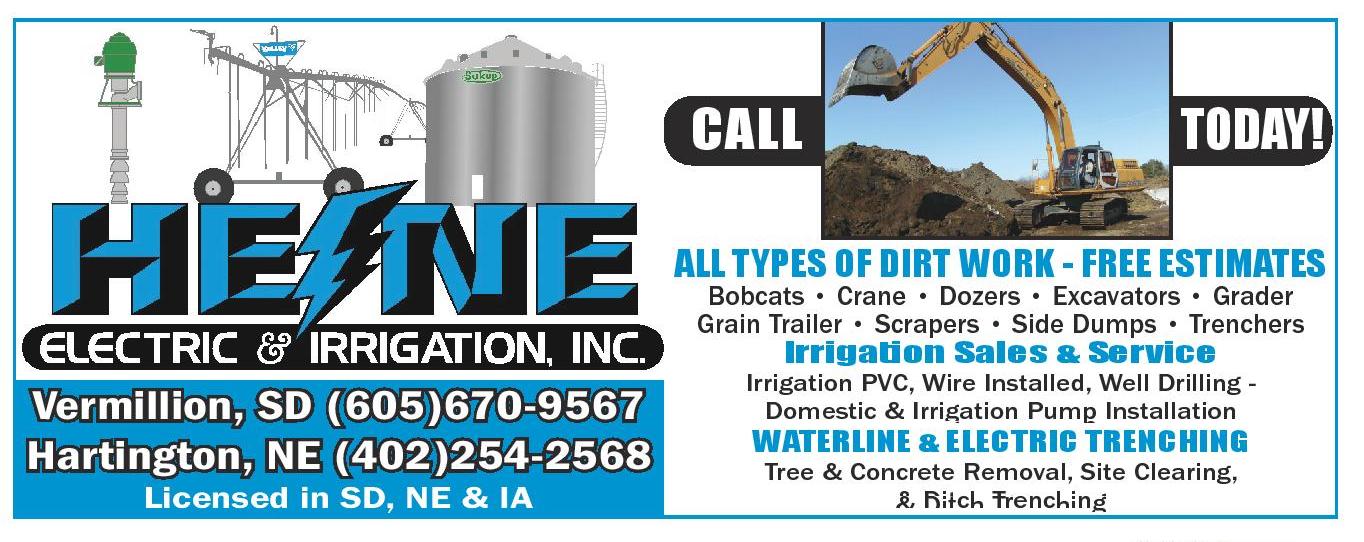


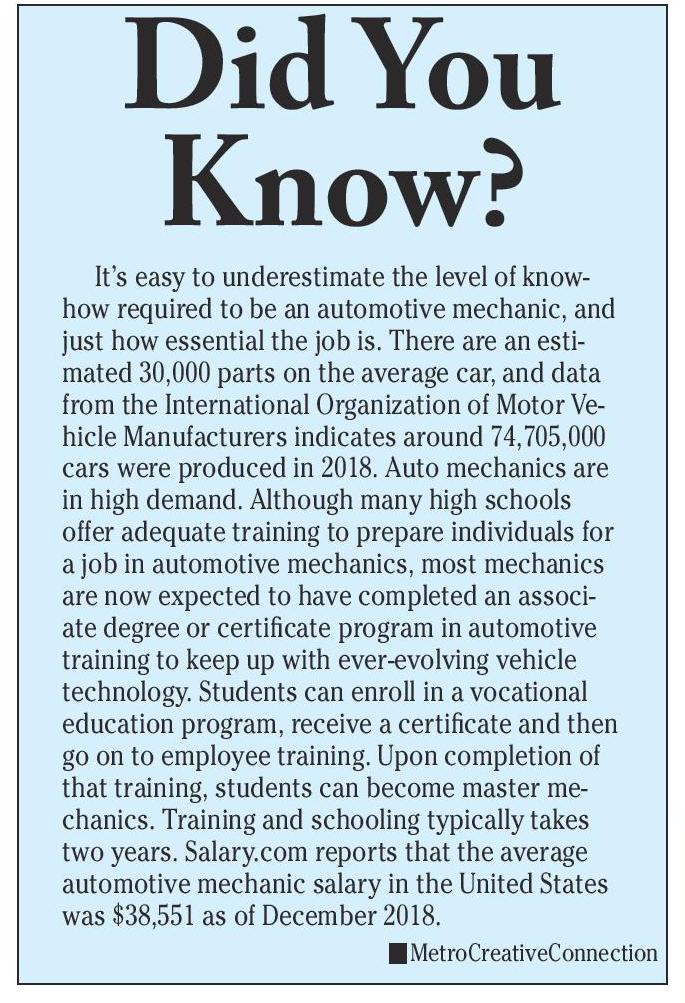
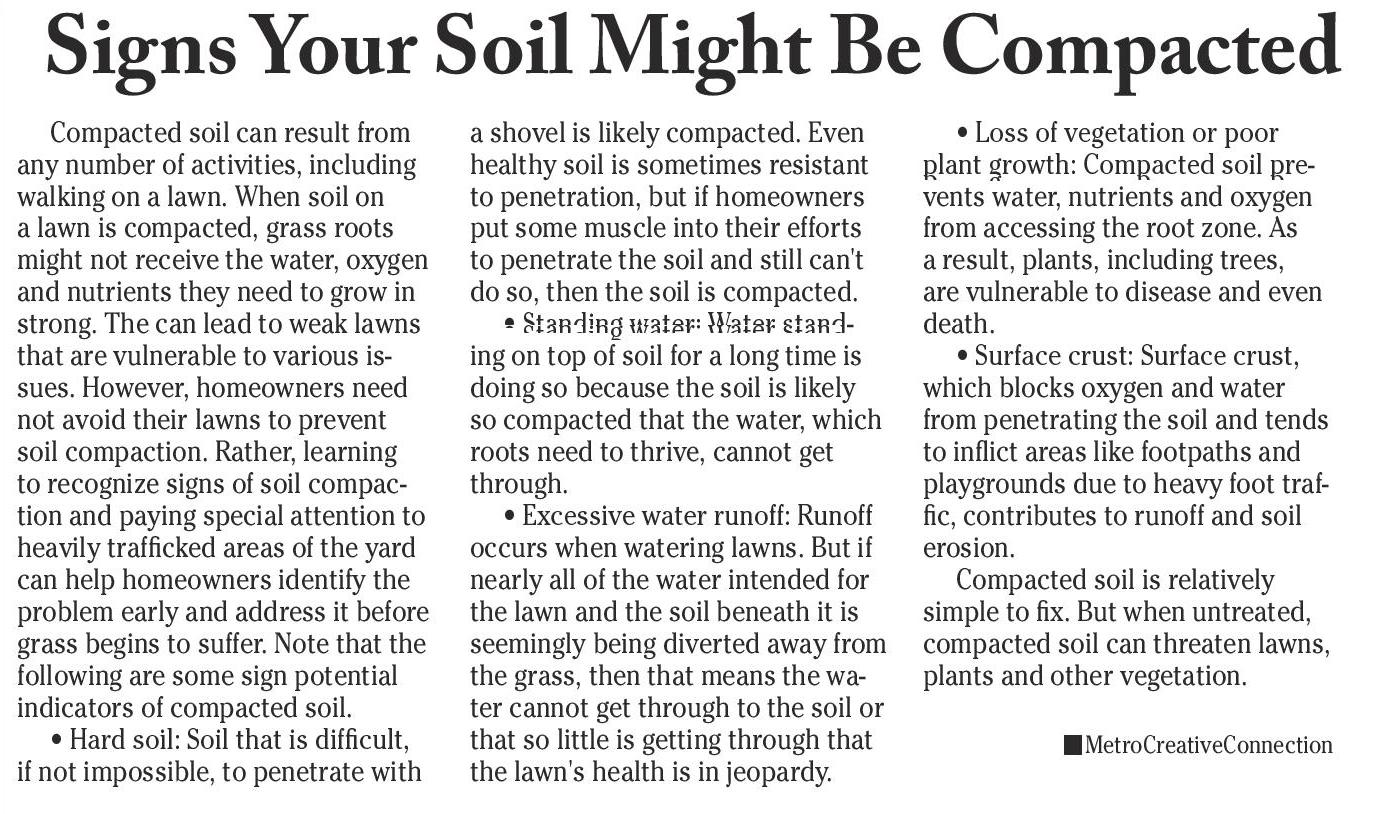



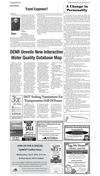
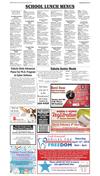
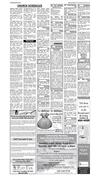
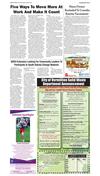

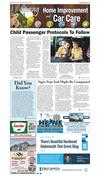

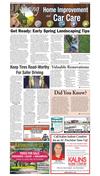
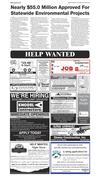

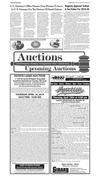
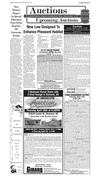
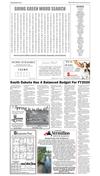
 Previous Page
Previous Page






